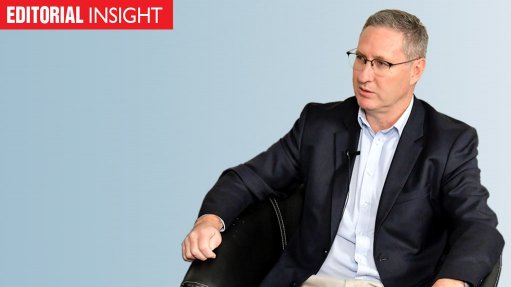
The tapering of loadshedding has arguably provided the Eskom board and executive team with some much-needed time and space to consider the future of the business without the daily distraction of crisis management. In the process, some significant decisions have been made that have consequences that are potentially far-reaching.
One of the most notable is the approval obtained from both Cabinet and the Eskom board to extend the lives of the Hendrina, Camden and Grootvlei power stations to 2030. In a context of extreme loadshedding such a decision is understandable, as it’s difficult to contemplate shutting capacity when the replacement assets have not yet been built.
While the decision was signalled for some months, it would be a stretch to claim that it was made transparently. In fact, it is far from clear whether an application was ever made to the policymaker to deviate from the original schedule. There is also no sign that the decision was then further canvassed with the regulator, which is duty-bound to provide concurrence only after public consultations. It may have been discussed at the National Energy Crisis Committee. But that is a structure set up for implementation and coordination, not decision-making.
In other words, the case for delayed decommissioning, which is quite possibly a strong one, has not really be made. The only public discussion of the benefits and costs was during a recent Presidential Climate Commission meeting. By then, however, it was after the fact.
Similar opacity has surrounded the Department of Forestry, Fisheries and the Environment’s approval allowing Eskom’s coal stations to continue to operate in breach of their air-pollution limits. Again, it was left to Eskom rather than the policymaker to announce that such leniency had been granted.
Another material change relates to Eskom’s approach to its just energy transition strategy, including the decision to decouple new generation projects included in the strategy from the coal decommissioning programme. Eskom has announced that it is moving to finalise business cases for a 2 172 MW pipeline of renewable energy and battery storage projects, some of which could be deployed in close proximity to its existing stations.
The case for moving ahead with alternative generation projects before unit closures could make sense, as it creates visibility of the new economic and employment opportunities ahead of time. Nevertheless, the decision deviates from two significant public frameworks: the conditions of the R254-billion debt-relief package granted to Eskom by the National Treasury, and the Just Energy Transition Investment Plan (JET-IP).
Under the debt-relief package Eskom is disallowed from raising new debt to invest in generation projects. Under the JET-IP, investment priority is meant to be given to grid investments, the lack of which is hampering new renewables investment. The shift in focus to the generation portfolio is, thus, not insignificant.
Both recent decisions raise questions about whether there is a renewed risk of blurring the lines between what’s in the best interest of the country and Eskom’s corporate ambitions.